Across Canada, small towns and rural communities are facing a growing crisis: the closure of their local schools. With declining enrollment, shifting demographics, and funding challenges, dozens of communities are fighting to keep their schools open. For many, these schools are more than just places of learning—they’re the heart of the community, offering a sense of identity, stability, and connection. Parents, teachers, and residents organize protests, petitions, and public meetings to voice their concerns. This article explores 28 Canadian communities actively battling to preserve their local schools and their vital role in daily life.
Pemberton, British Columbia
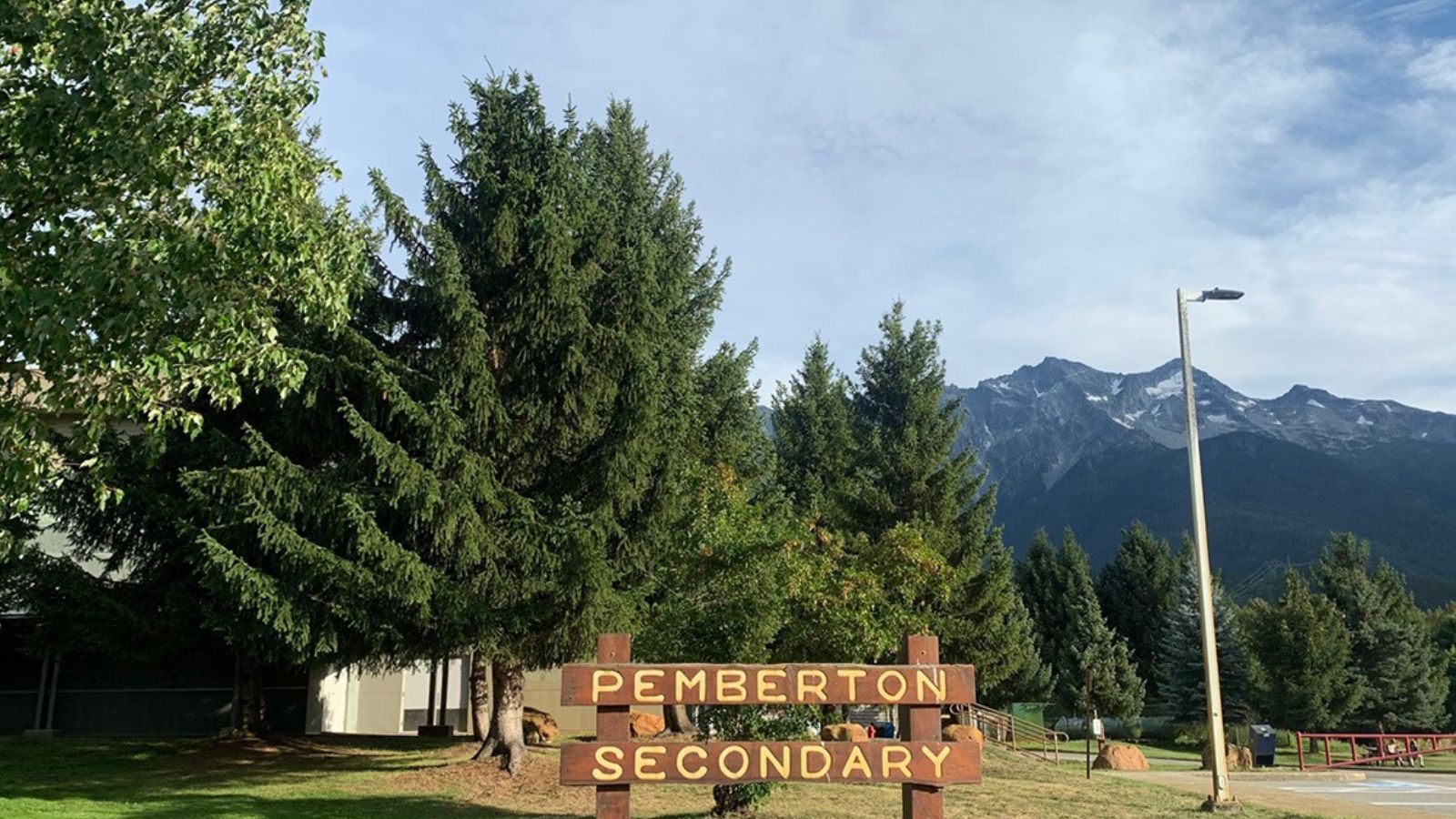
It has always been a cultural base for students, and enrollment in Pemberton has suffered a lot in recent years. Under the petition to open Signal Hill Elementary School, local parents argue that closure would force little children to cover huge distances over icy, hilly terrains.
Port Hardy, British Columbia
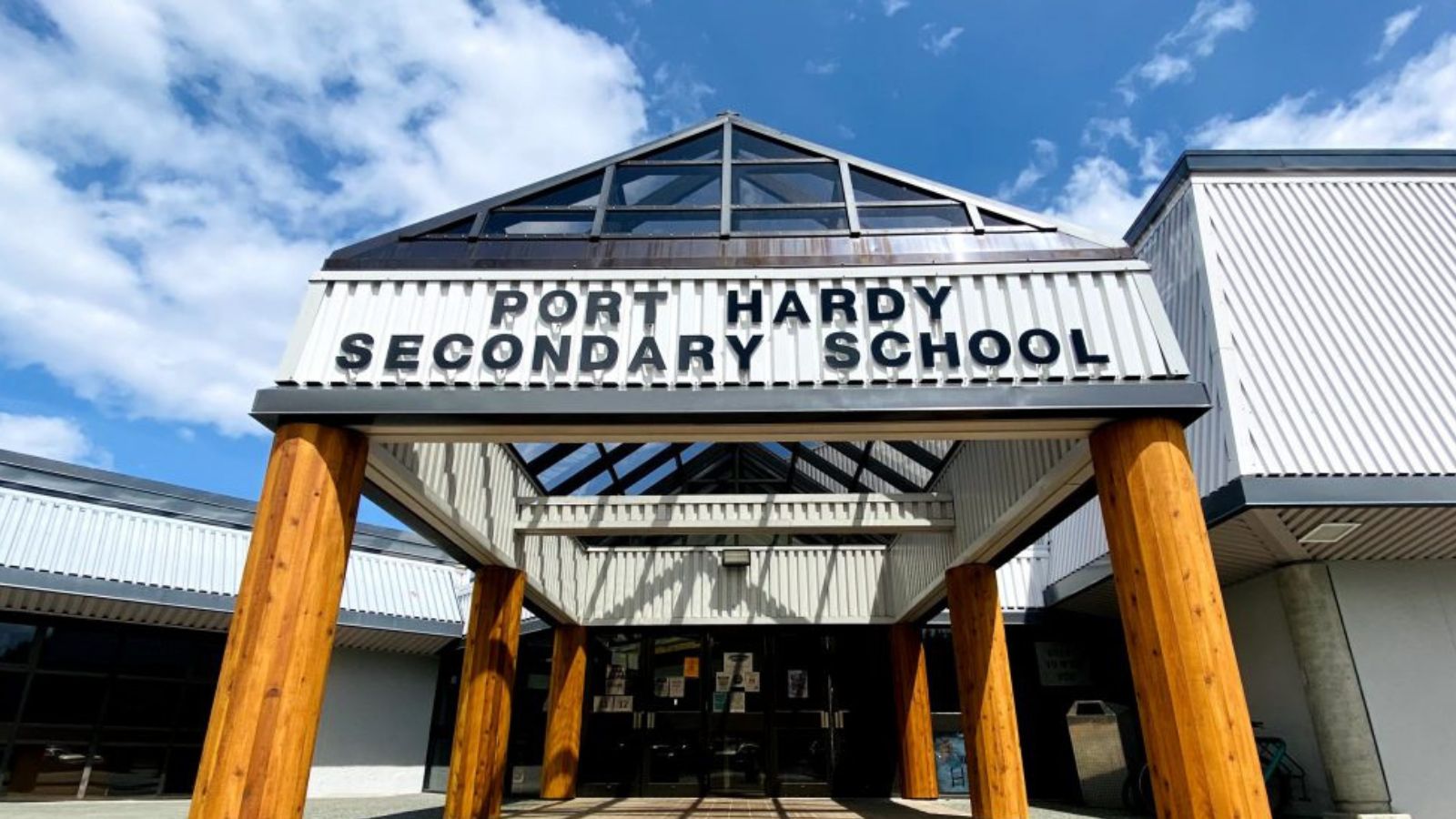
Port Hardy’s residents refuse to merge their high school with Port McNeill’s because they know that their local school serves important cultural programming to Indigenous children from the nearby areas.
Milk River, Alberta
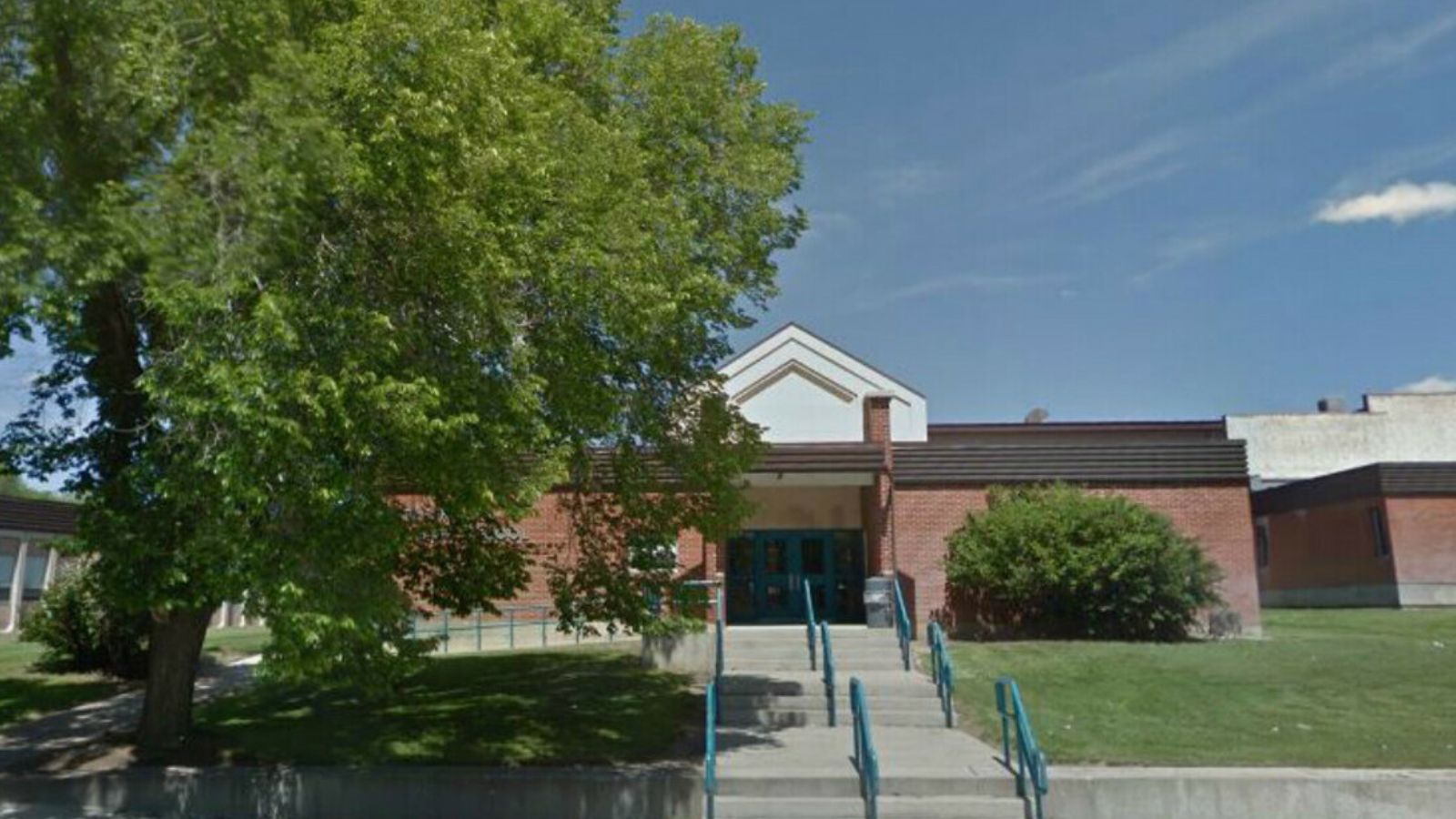
For the continued survival of this community, Erle Rivers High School at Milk River is important. With slightly less than 1,000 inhabitants in total, shutting down the school would mean more families leaving the town, thus making it even less attractive to newcomers and less viable economically.
Tofield, Alberta
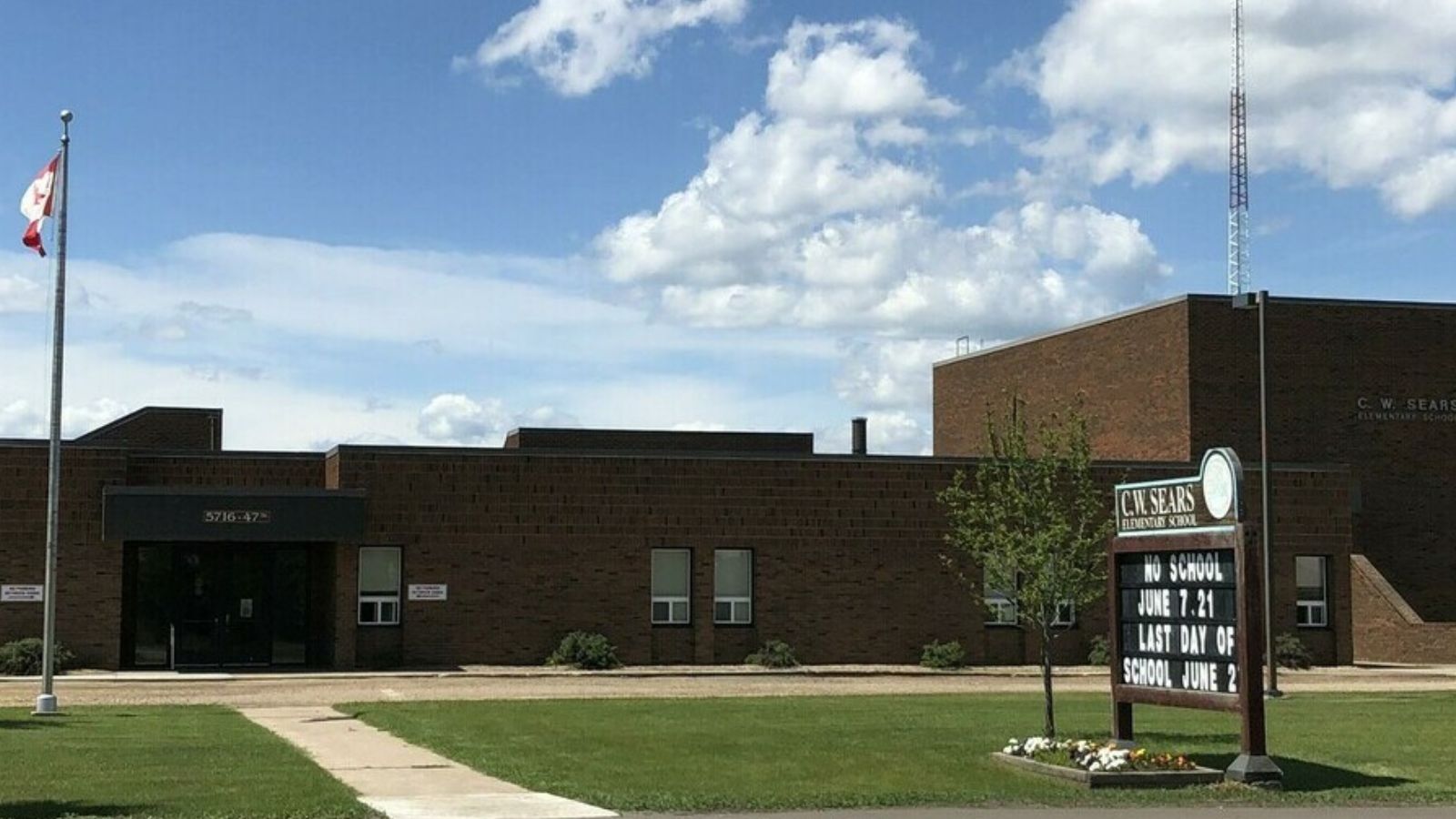
Tofield School has a long history, but even so, the school is now closing. The reasoning behind local families’ argument against this decision is that the town’s future will suffer from having children drive long distances, which is detrimental to their mental health and academic performance.
Shaunavon, Saskatchewan
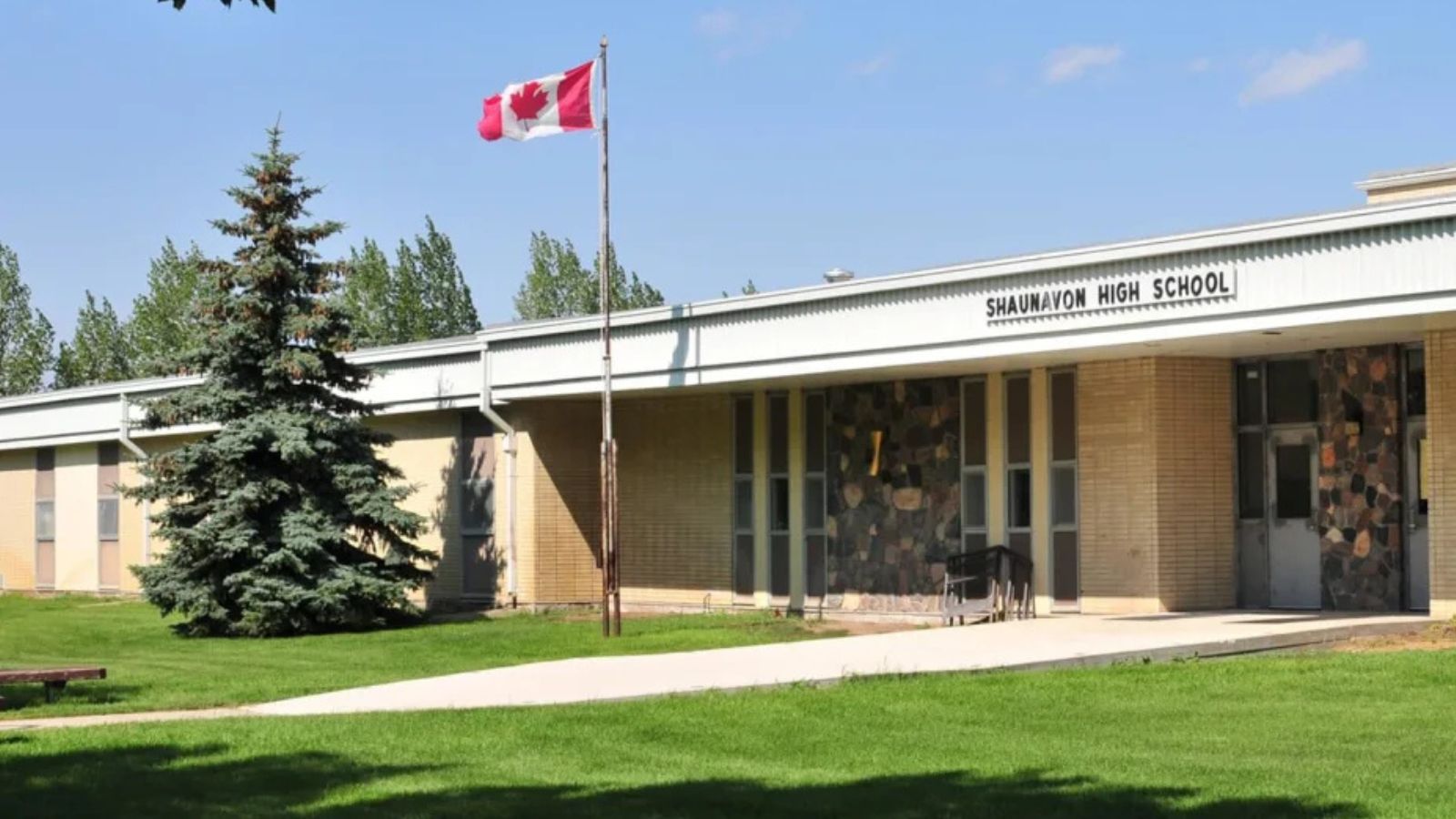
Concerning the town and surrounding rural area, Shaunavon High School has been a vital educational operator; its impending closure could potentially jeopardize access to quality education for many families in the community. Residents believe it would contribute to the decline in population and other long-standing traditions with a reputation for rural academic excellence.
La Ronge, Saskatchewan
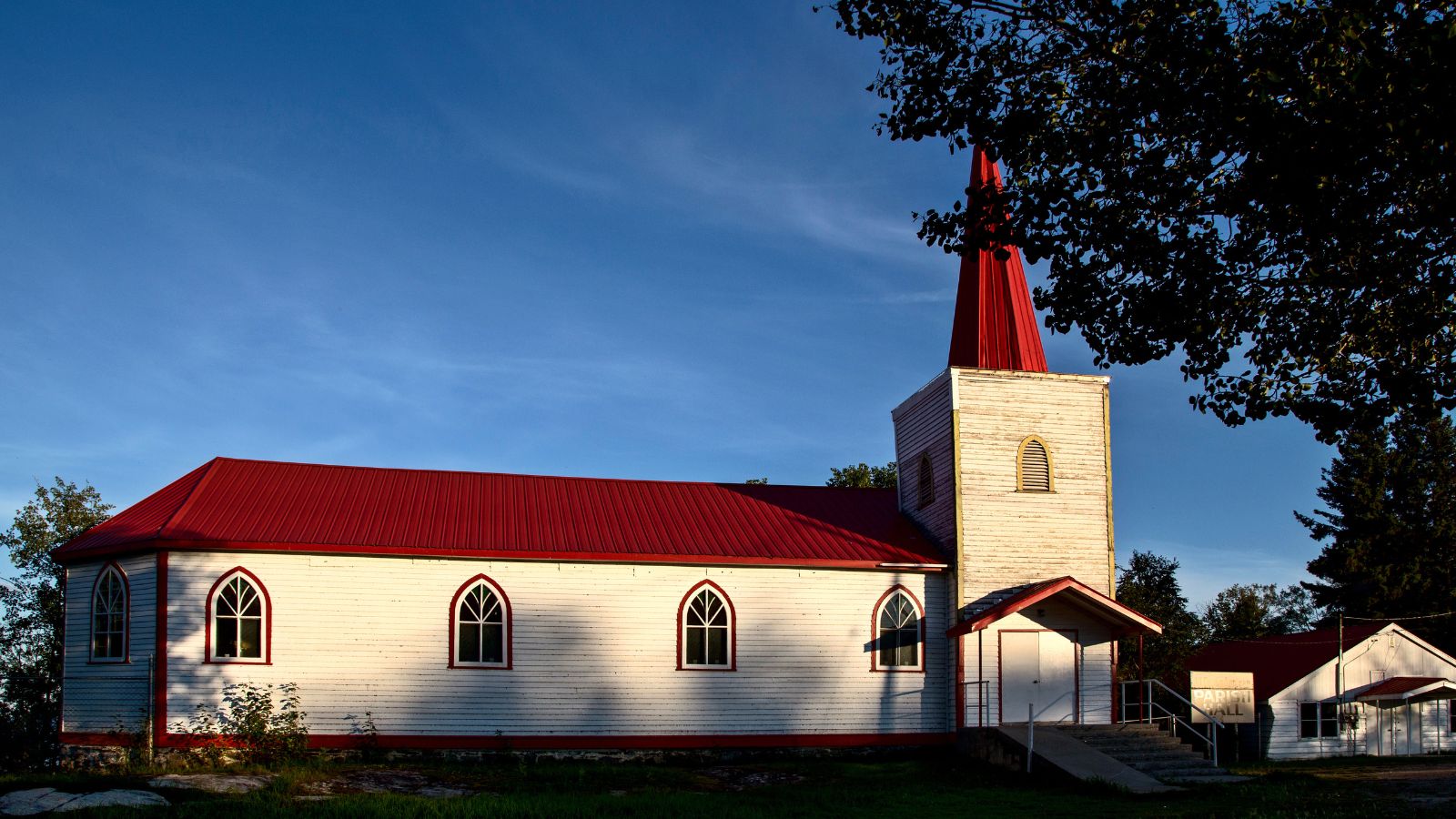
An important educational institution for the Indigenous and non-Indigenous children alike, La Ronge Elementary School is trying to fend off community backlash regarding proposed funding cuts limiting Cree language teaching and damaging bilingual education programs.
Russell, Manitoba
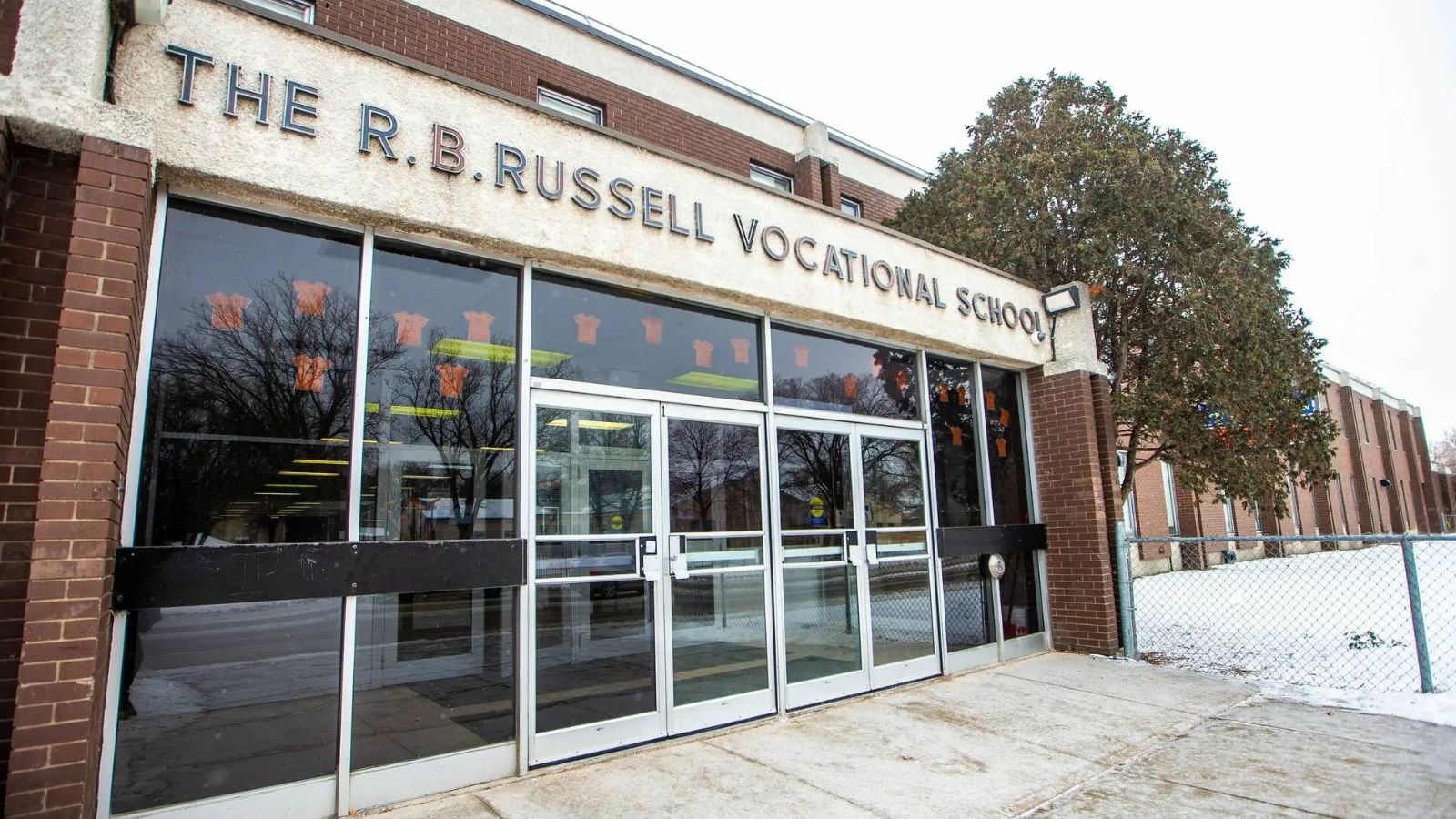
Major Pratt School serves students from kindergarten to grade 12 and is at risk of closing. People in the community are worried that if the school shuts down, students will have to travel long distances by bus. They believe this could lower student attendance and make it harder for kids to participate in school activities.
Sioux Lookout, Ontario
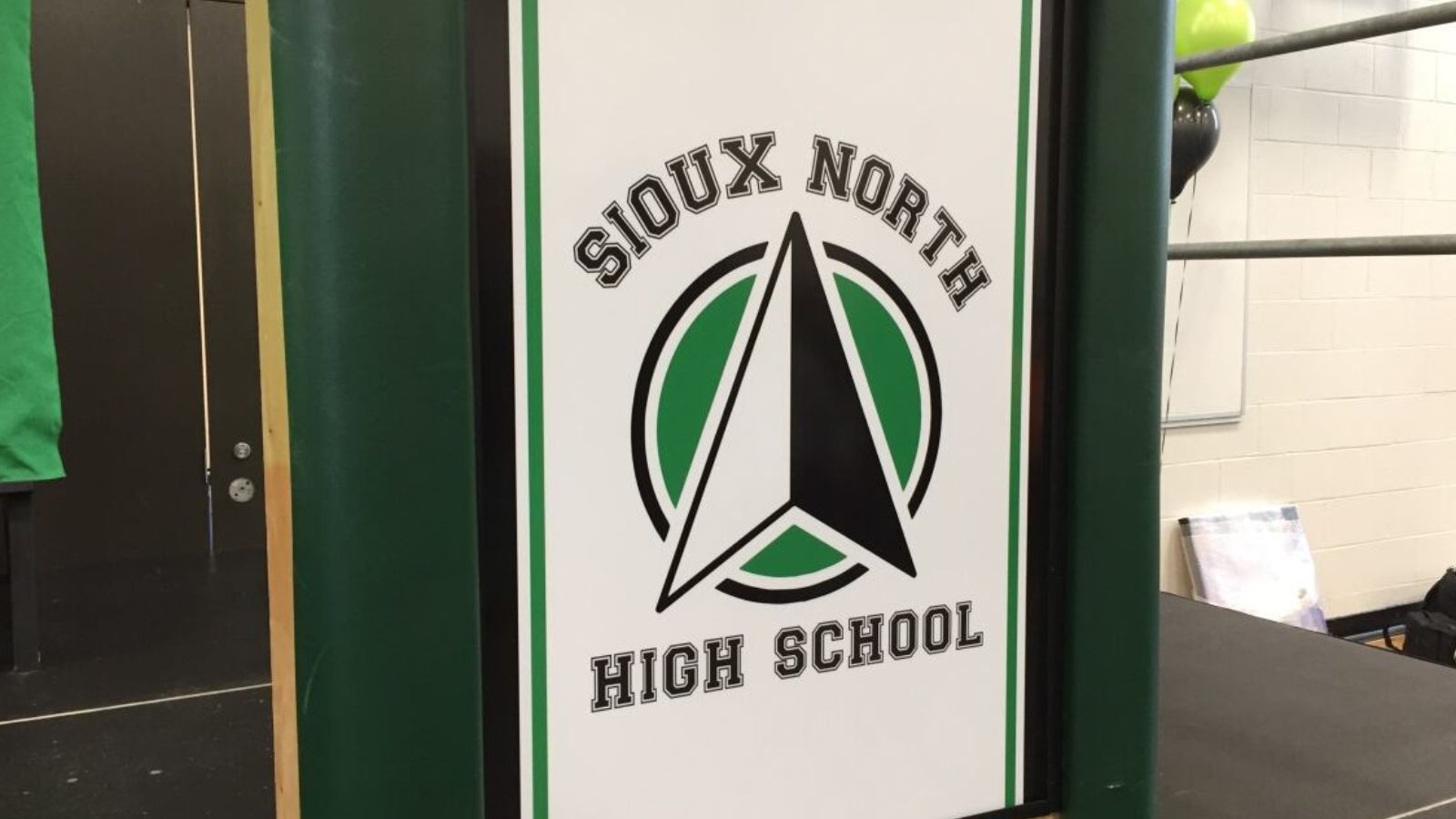
In the rural north, a handful of schools located in the communities served mostly by Indigenous students may be able to close. The advocates say that many students already suffer from cultural famine in their education, and closing schools would aggravate the attrition and disparities in the region. They see keeping schools as part of reconciliation and building a better future.
Morden, Manitoba
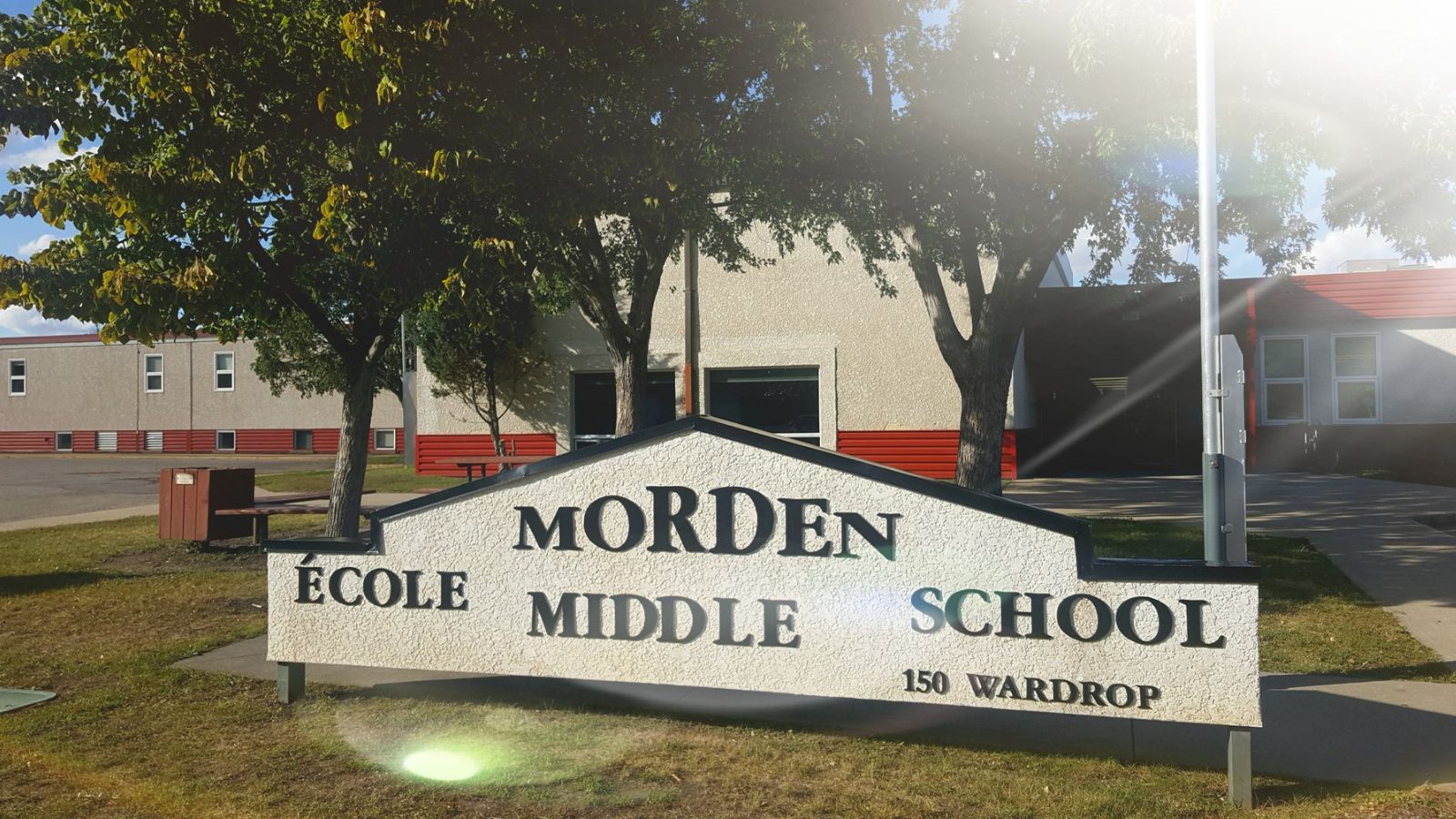
It has a population explosion and probable school consolidations that endanger the education in the town. Concerned parents complain about overcrowded classrooms, inadequate teaching material, and poorer one-on-one student assistance. Many concerned citizens worry these changes will reflect on the learning outcomes and, most importantly, stop families from moving to Morden.
Douro-Dummer, Ontario

The tranquil rural community of St Joseph’s Catholic Elementary School is under threat. It’s essential to the family unit as one of America’s last social institutions. Its closure would mean longer distances for young children and potentially lower enrolments in Catholic education. Local opinion casts the school as a stabilizing force, drawing families into the area.
Prince Edward County, Ontario
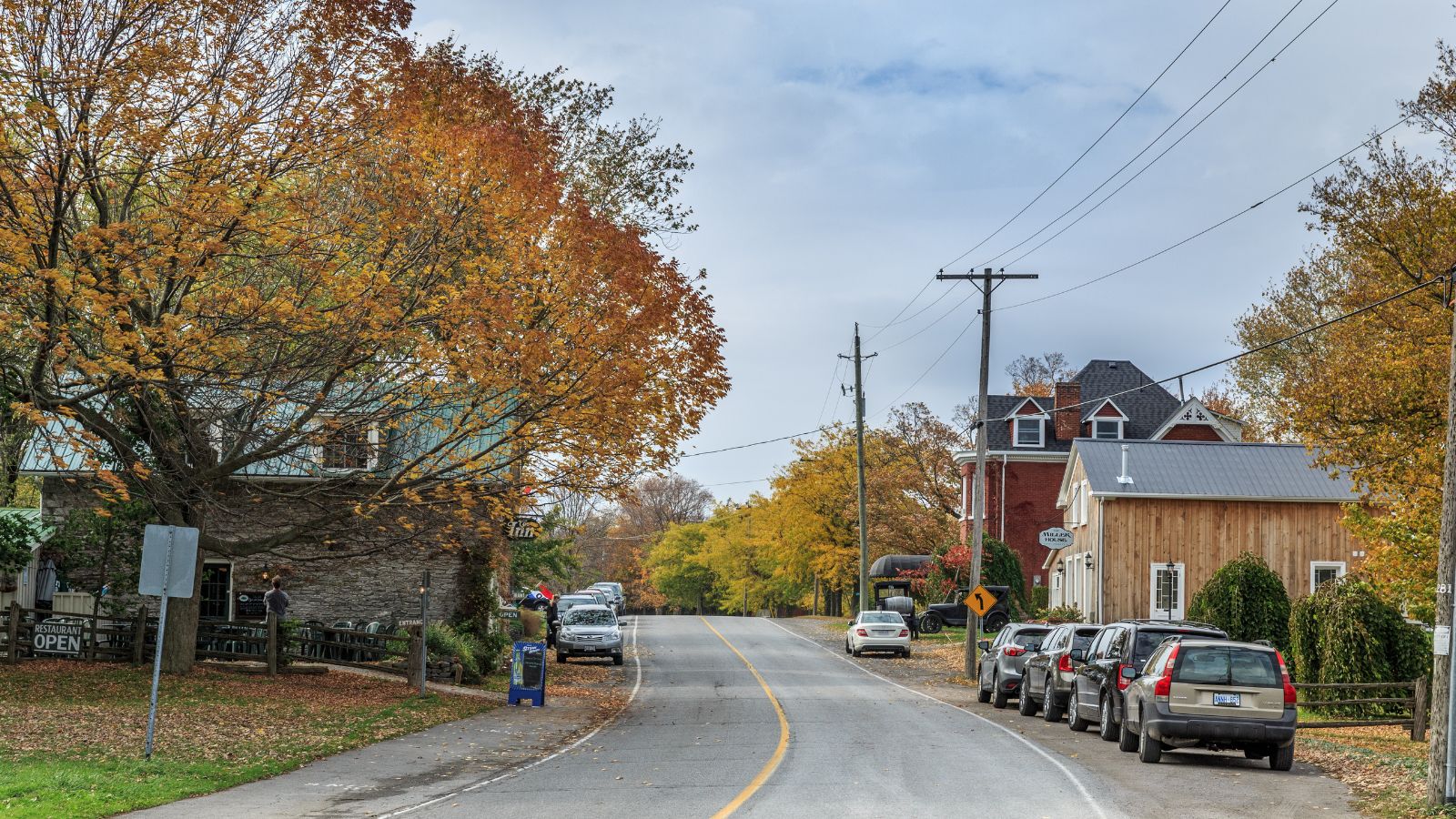
South Marysburgh Public School is one of several schools being considered for closure in this historic farming region. After previous school closures, locals worry that another one will erode their community’s identity. Residents emphasize that the school offers unique environmental and outdoor learning programs. For many, keeping the school open isn’t just about education—it’s about protecting local traditions and a way of life.
Sharbot Lake, Ontario

Granite Ridge Education Centre serves a wide area and is an important school for the Central Frontenac region. If it closes, students may face long bus rides on poor roads, especially during harsh winters, raising safety concerns. Parents also worry about the emotional stress these long commutes could cause their children and fewer chances to participate in after-school activities.
Stanstead, QC
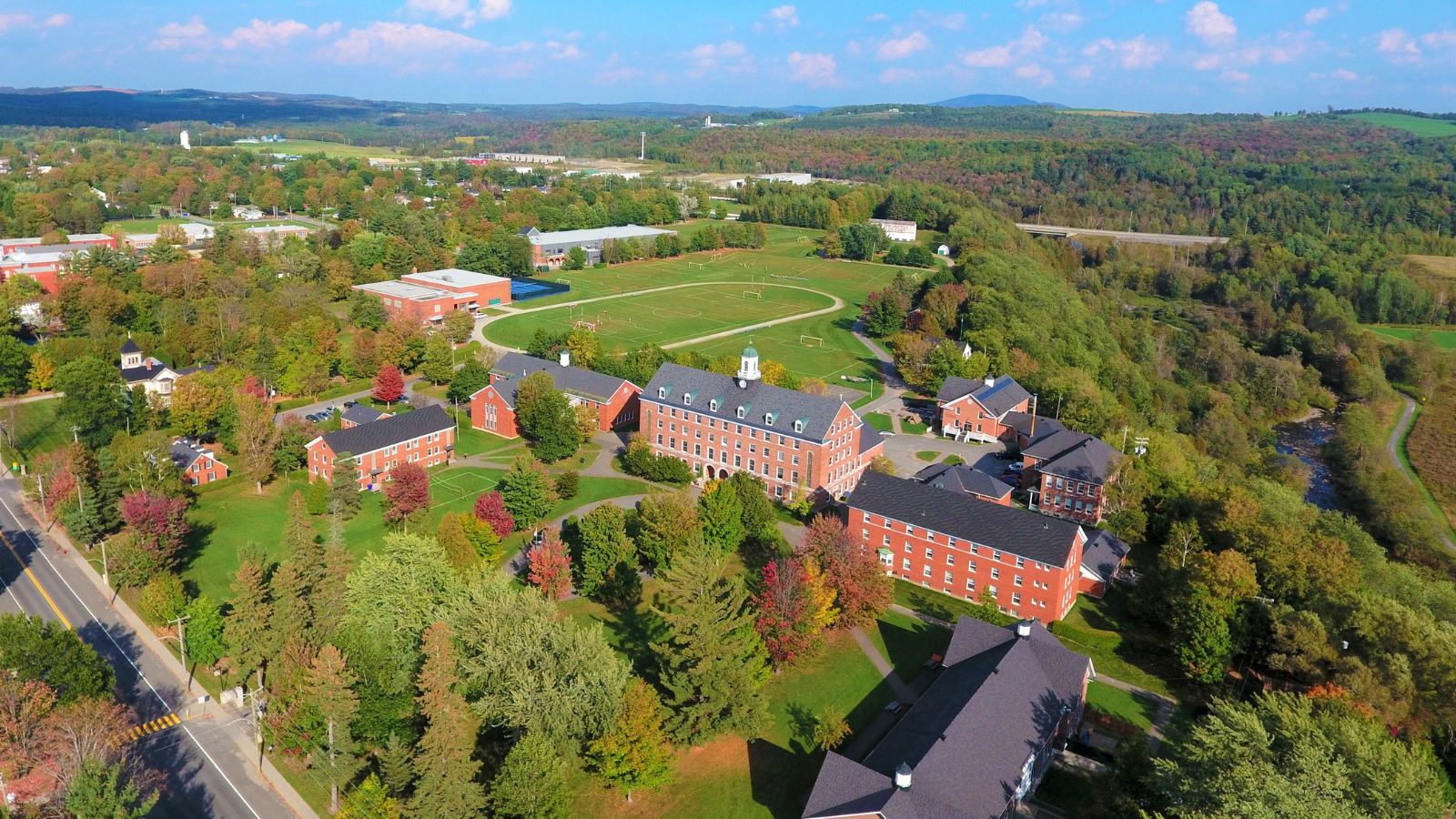
Alexander Galt Regional High School is one of the few English-language schools near the American border, making it a vital resource for the Anglophone community. Its collapse would have serious implications for Quebec’s minority language rights. The school fosters a cultural identity, allowing integration in a province with stringent language restrictions. The community is fighting to protect their language and educational privileges.
Huntingdon, Quebec
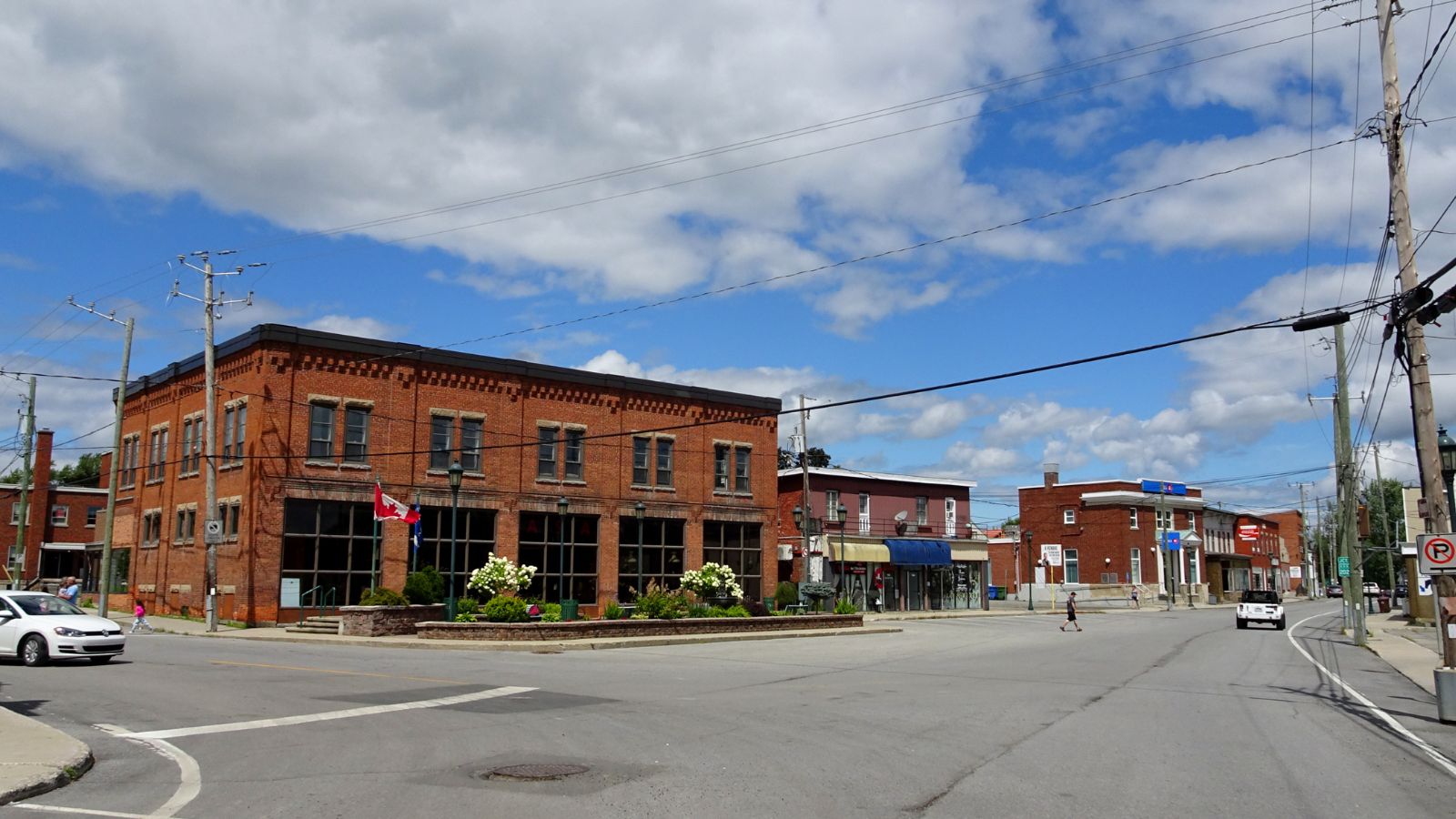
Heritage Elementary School welcomes pupils from both Anglophone and Francophone households. Residents worry that closing the school will jeopardize educational access and cultural cooperation. The school is more than just a place to learn; it bridges the area’s two linguistic groups. Some neighbors believe closing the school will restore decades of existence, collaboration, and tranquility.
Sainte-Anne-des-Monts, Quebec
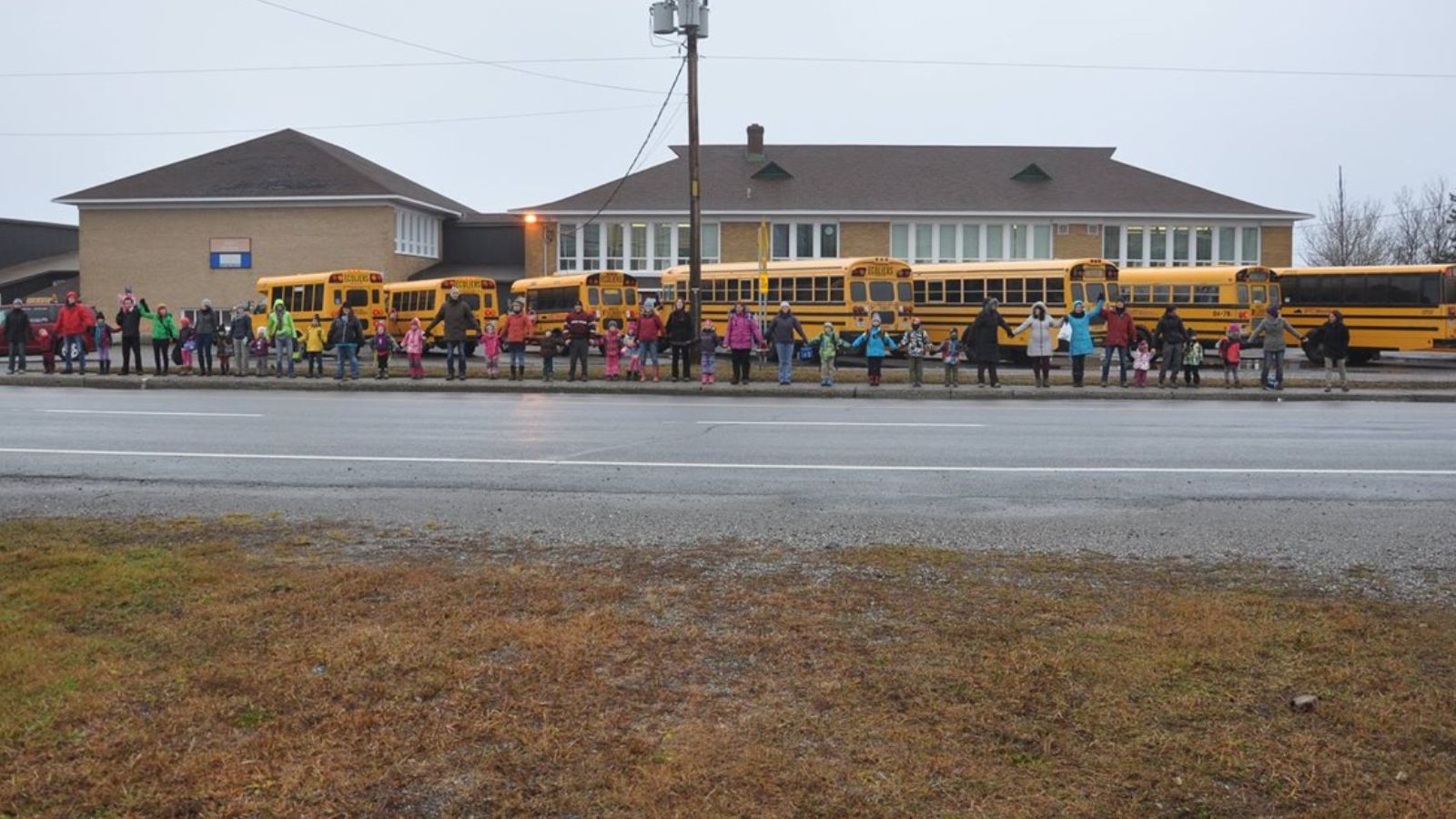
This little seaside community on the Gaspé Peninsula relies significantly on its local high school to keep families and the economy afloat. Job shortages have already forced many young people out; closing the school will exacerbate this outflow, leaving an aging population and a diminished labor force. The school is one of the town’s final public-service institutions that will shape its destiny.
Bathurst, New Brunswick
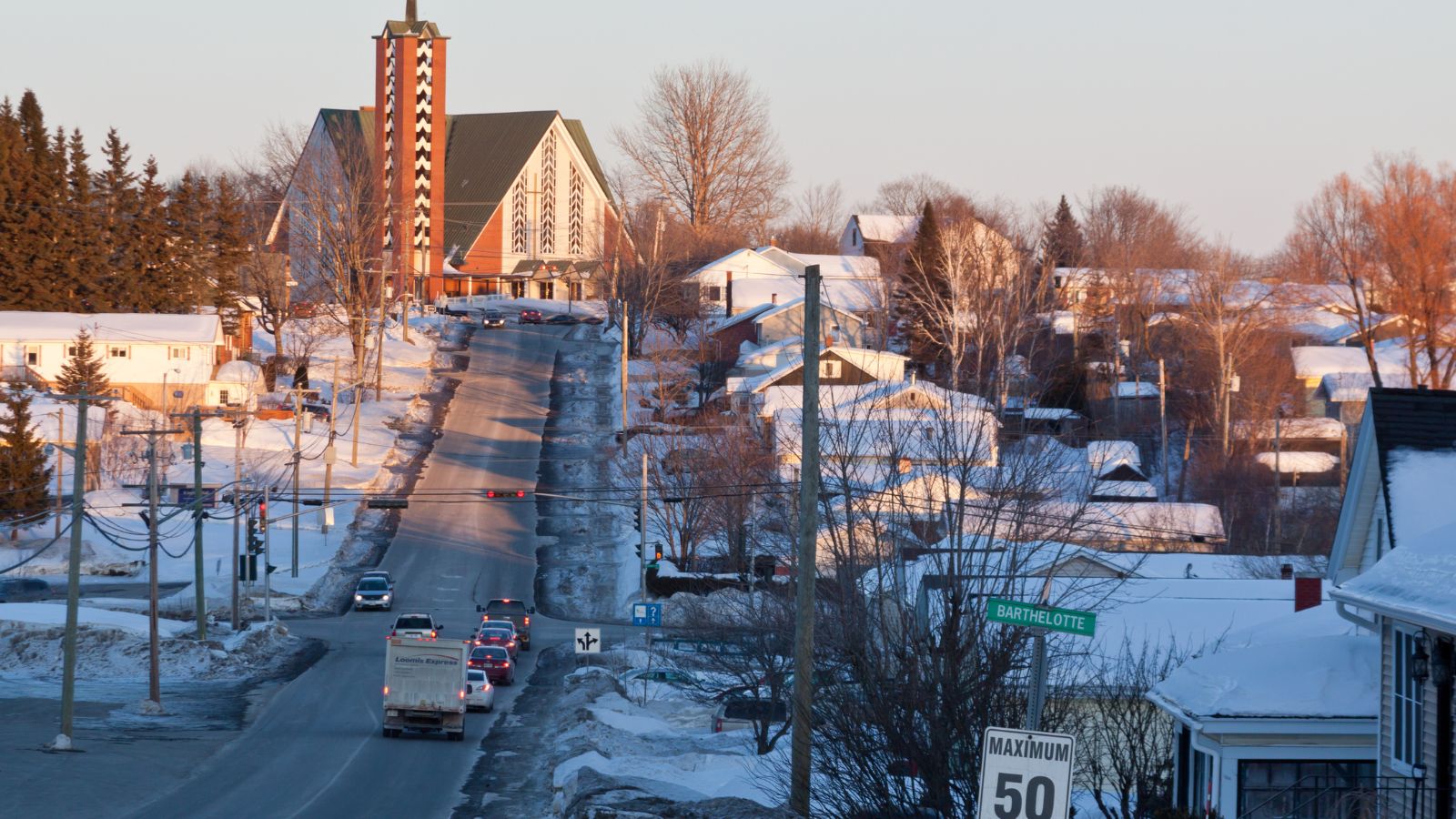
Bathurst High School is well known for its arts and athletics programs, engaging the student body in meaningful ways. Cuts in funding and services may diminish these options, potentially increasing dropout rates. Some parents say the school has a healthy balance between academics, culture, and community spirit. The proposed changes can adversely harm the morale of the youth and the pride of their community.
Plaster Rock, New Brunswick
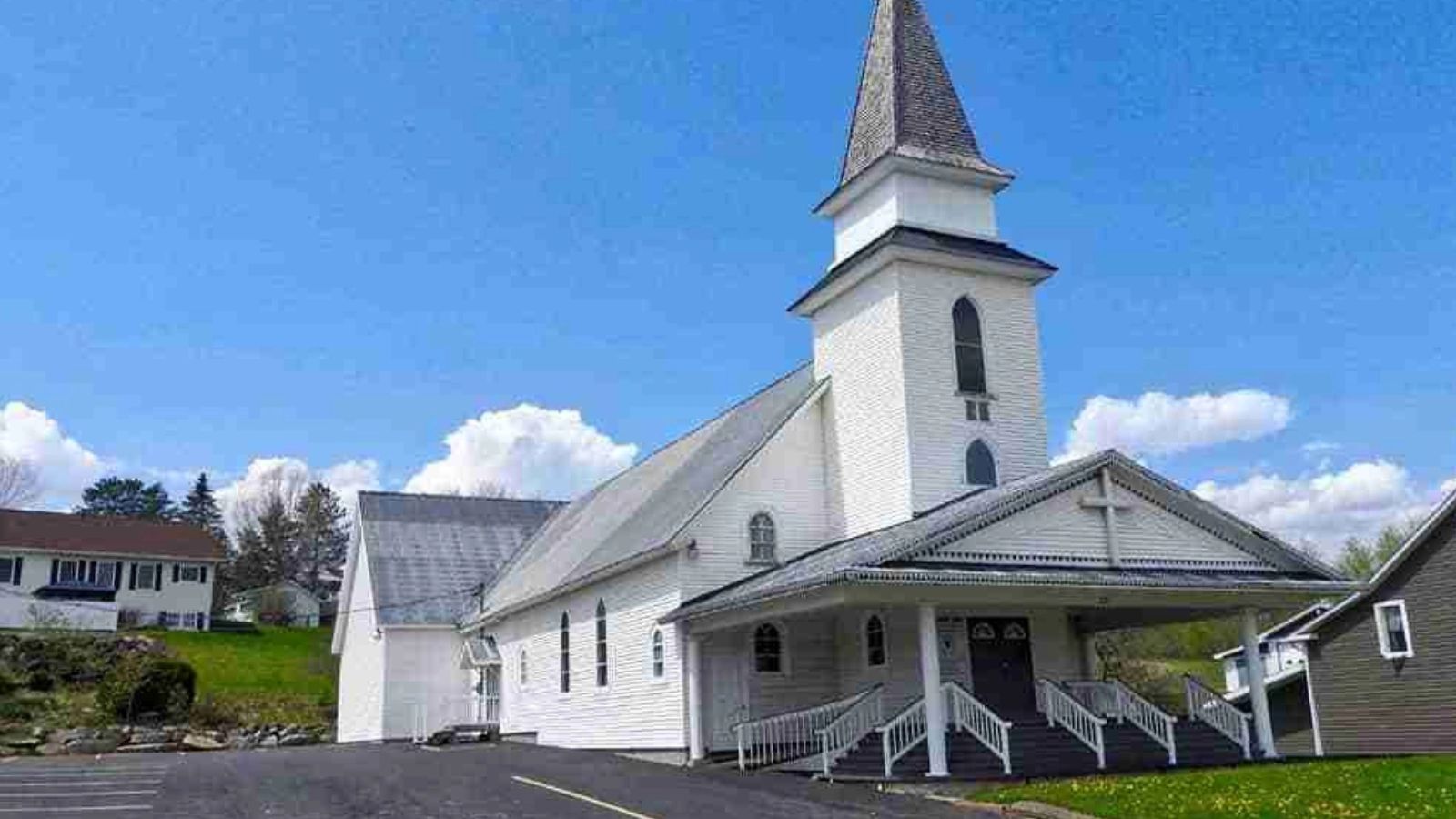
Tobique Valley High School will shut down owing to provincial financial shortages. Family members stated that all these alternative schools are too private and spread out. Dangerous winter roads will result in disaster. Many people have voiced worry that long rides may cause pupils to perform poorly or harm their well-being.
Tignish, Prince Edward Island
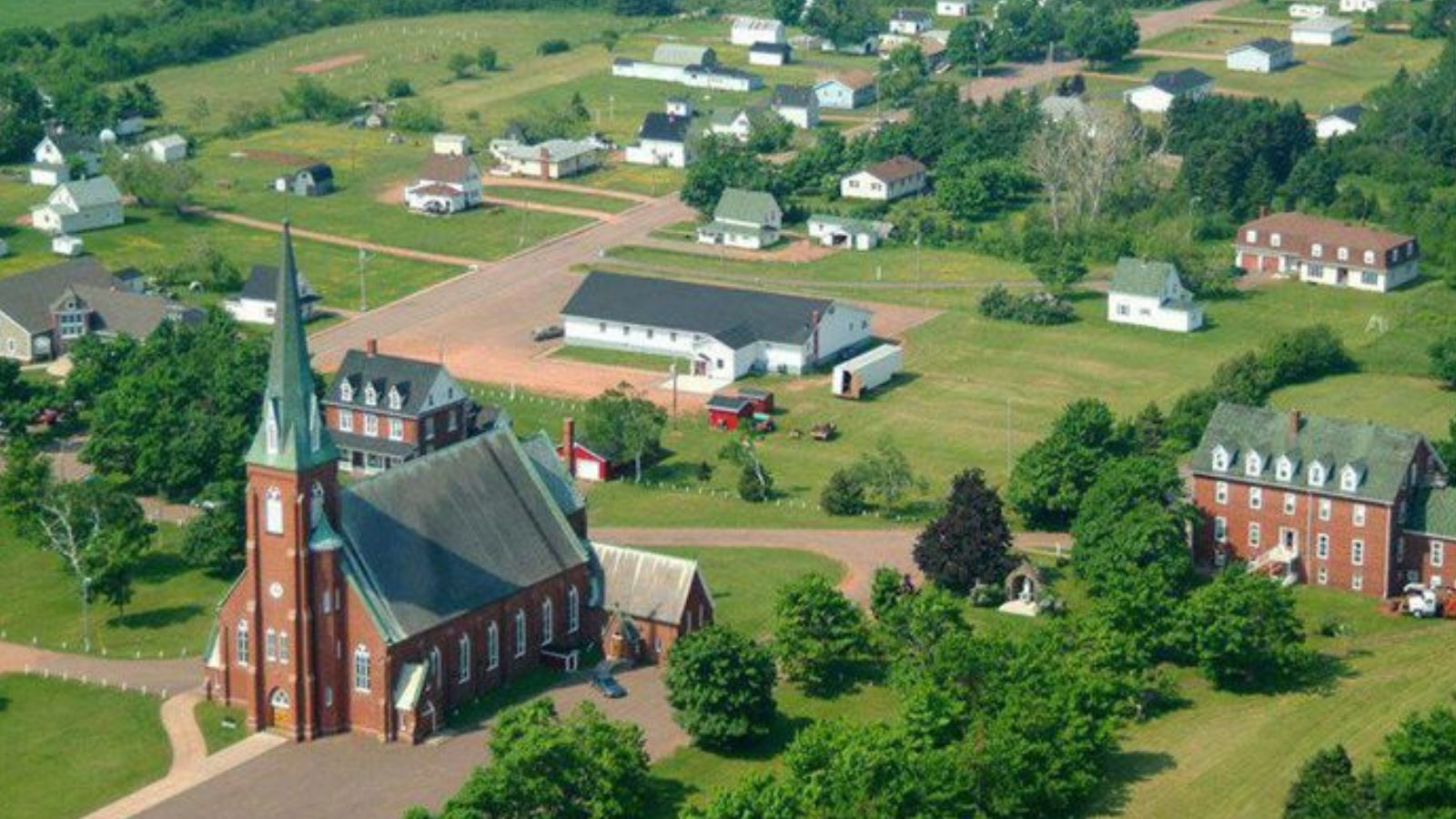
The K-12 school in Tignish, one of the most rural parts of PEI, is a vital part of the community. Local families believe that young people would be less likely to stay in the area without school. They fear closing it could speed up depopulation and weaken the town’s future.
Morell, Prince Edward Island
A school merger in Morell has sparked opposition from neighbors. Parents believe integrating schools will erode the community’s identity and reduce student support. This is because they believe that tiny schools will promote social and emotional development in close-knit rural communities.
Bay Roberts, Newfoundland and Labrador
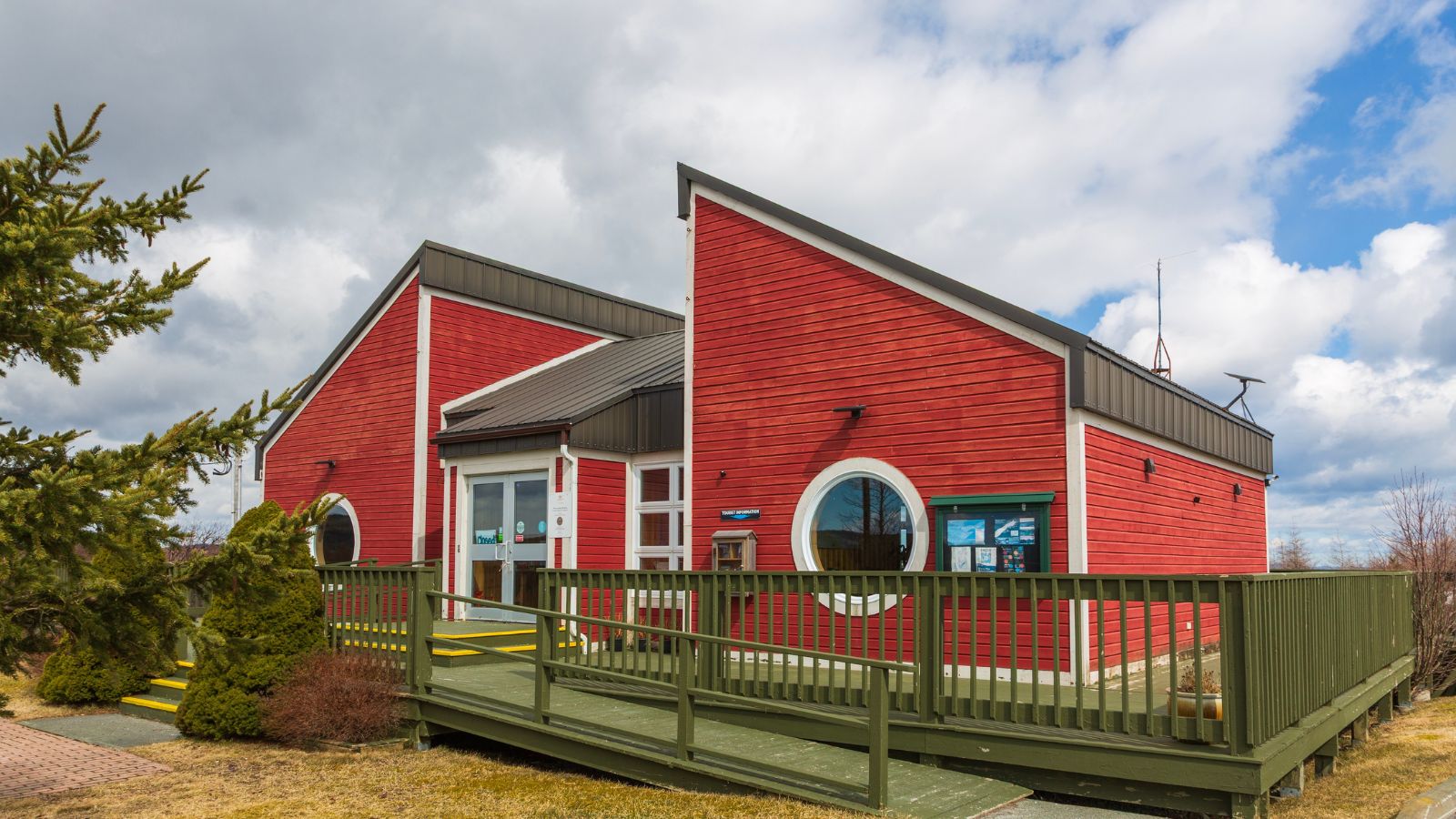
Bay Roberts is already experiencing financial challenges, which the school’s impending closure will worsen. As people have pointed out, access to knowledge is essential for healing. The school acts as a hub for youth development and community events.
Fogo Island, Newfoundland and Labrador
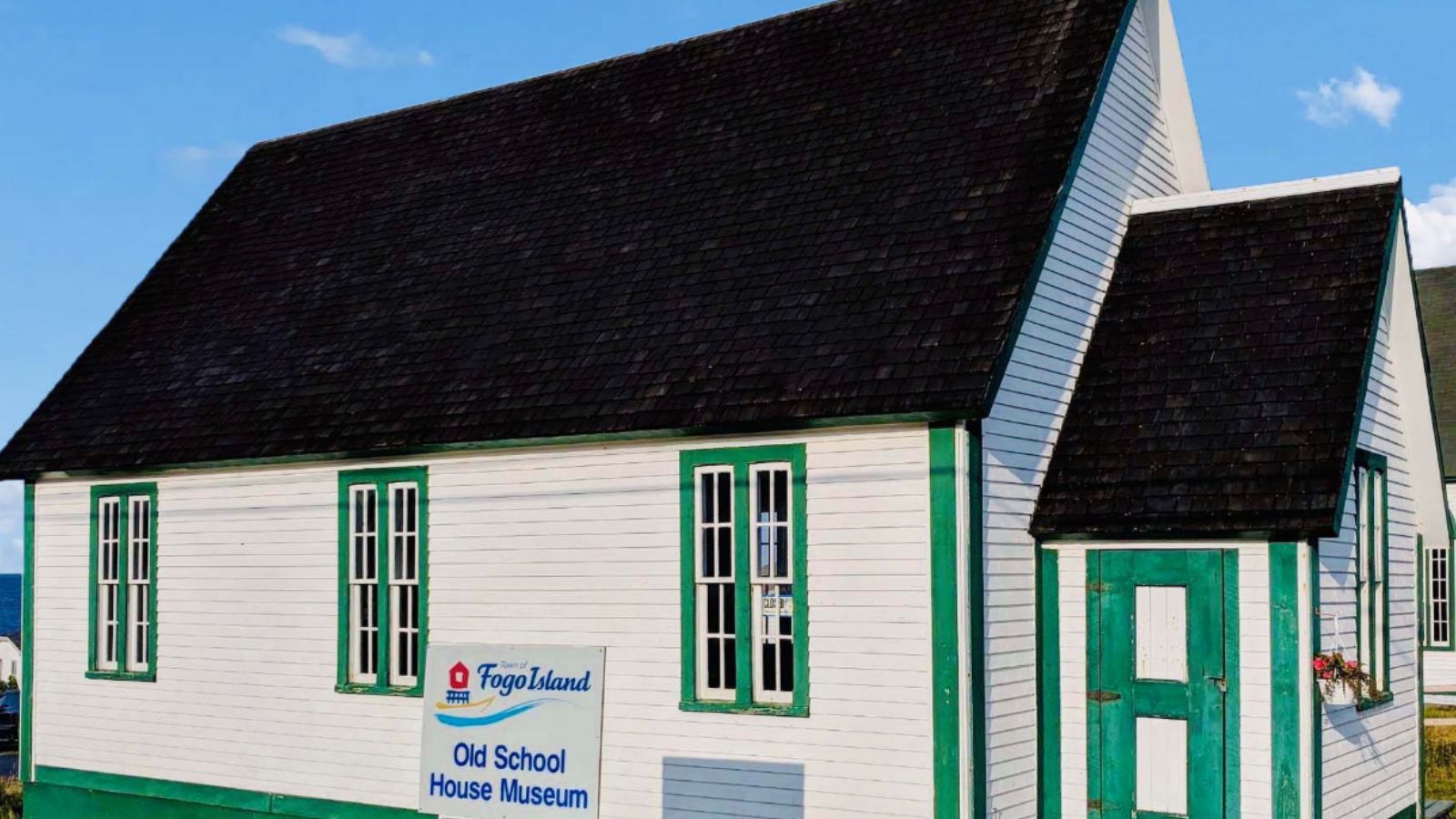
Fogo Island Central Academy is the only school on the island and is therefore vital to its continued existence. If it were to close its doors and the education facility ceased to exist, lots of families would be forced to relocate. The islanders maintain that the population would dwindle to a level that could not recover.
Cartwright, Newfoundland and Labrador
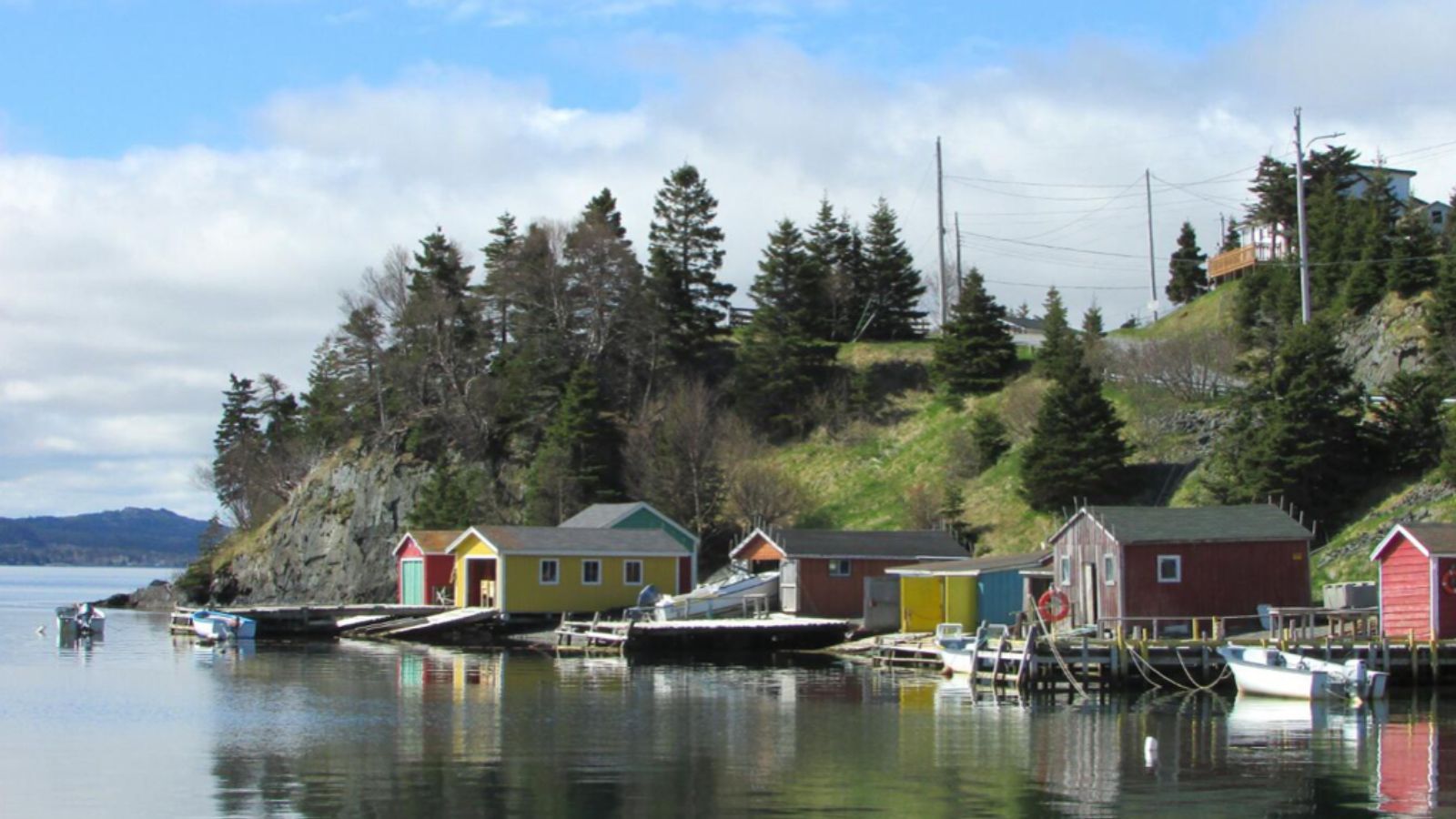
This school in the Labrador district is one of the remaining public institutions in the area. Residents argue that the school’s closure would sever neighborhood links and send their youth away. It is vital for keeping the community alive and in some viable coherence.
Nain, Nunatsiavut
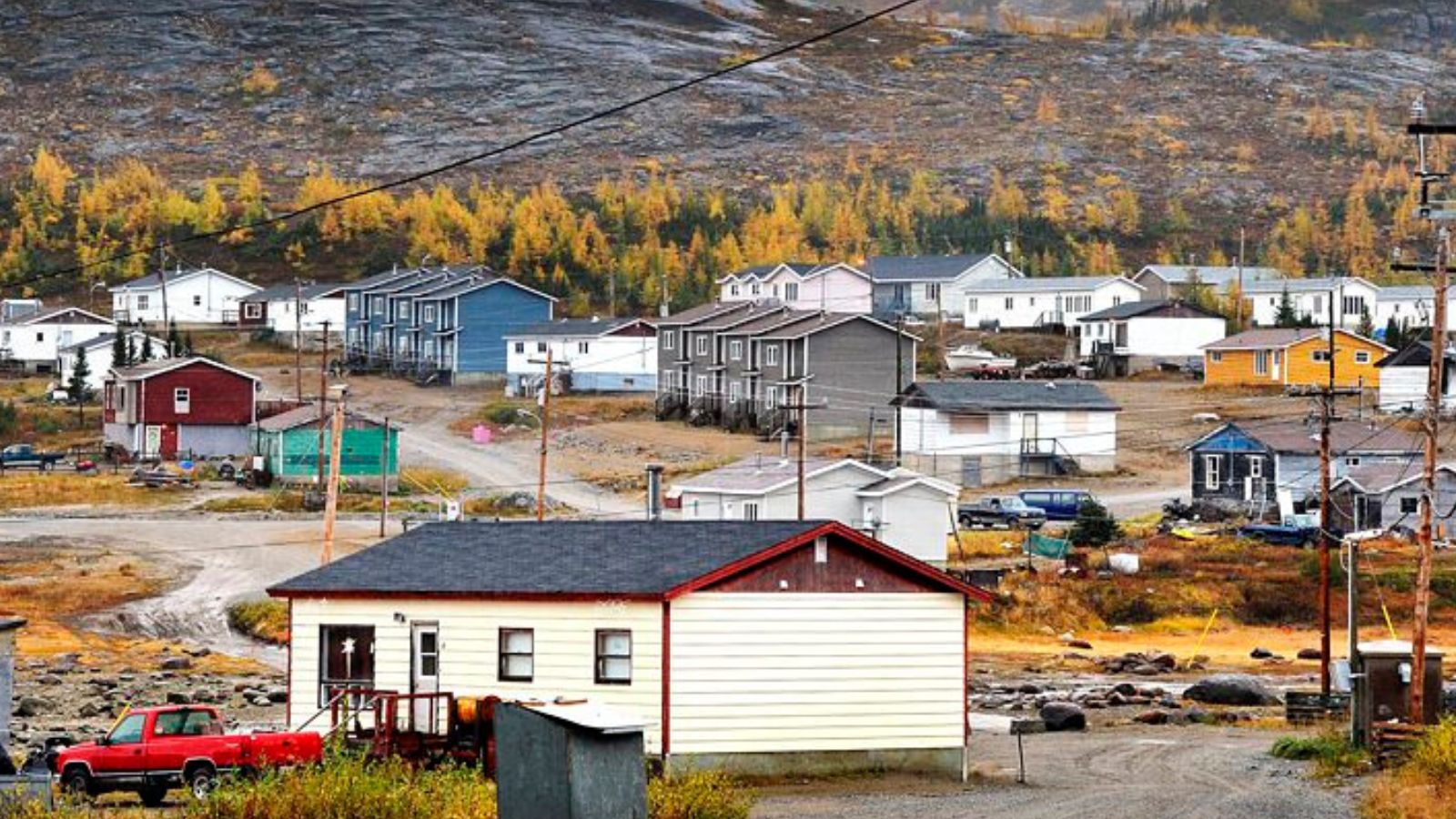
Currently, financial worry threatens the integrity of practices and employees in the Jens Haven Memorial School, where Inuit children receive culturally relevant education. The community leaders emphasize the urgency of preserving Indigenous languages, cultures, and learning environments.
Rankin Inlet, Nunavut
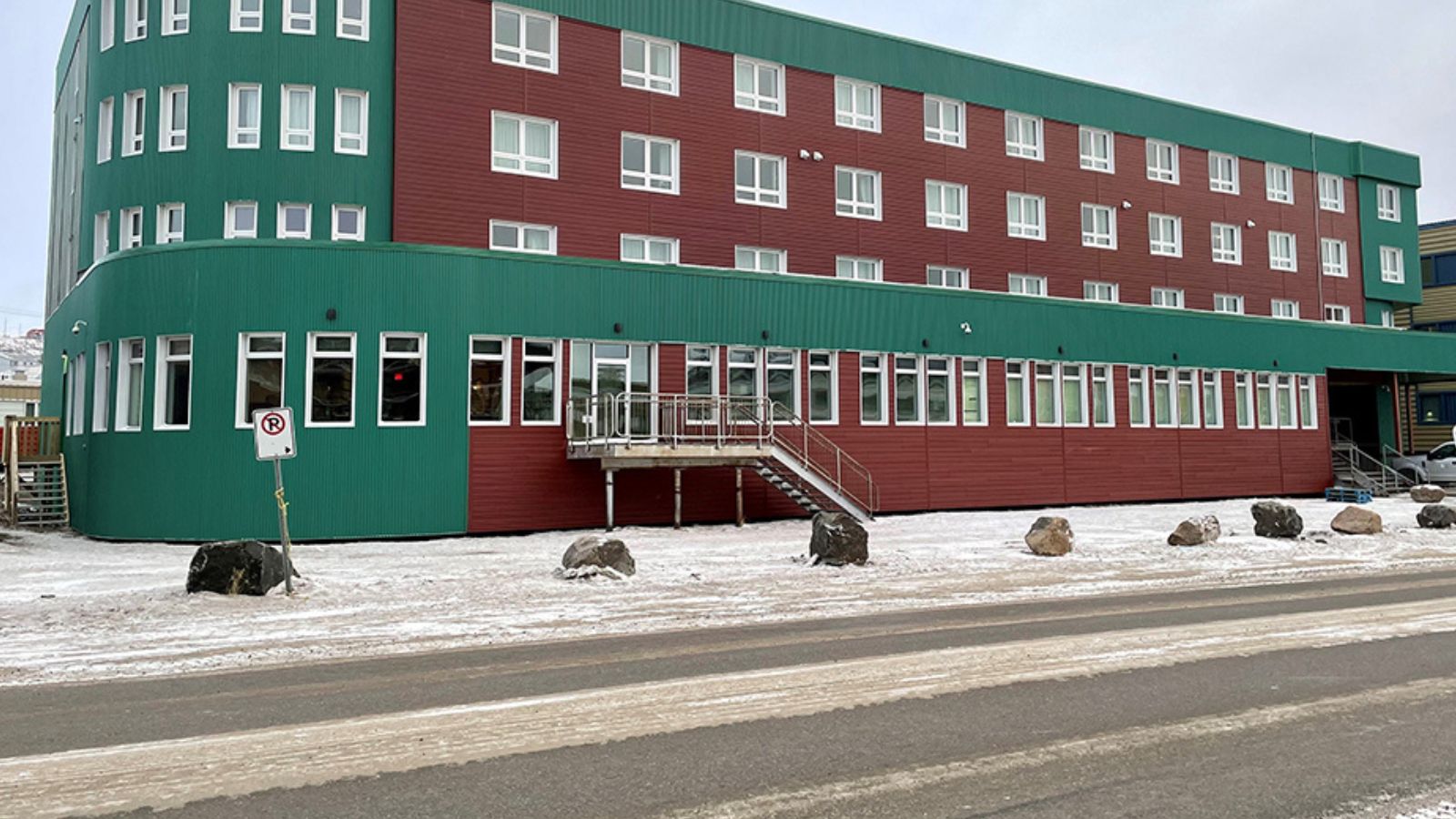
Rankin Inlet High School is unofficially threatened to be shut down because of funding problems. Initial talks about funding for the school are now veering toward maintenance of program services. From the community’s perspective, cuts to the school will hurt performance and deny their children opportunities.
Yellowknife, Northwest Territories
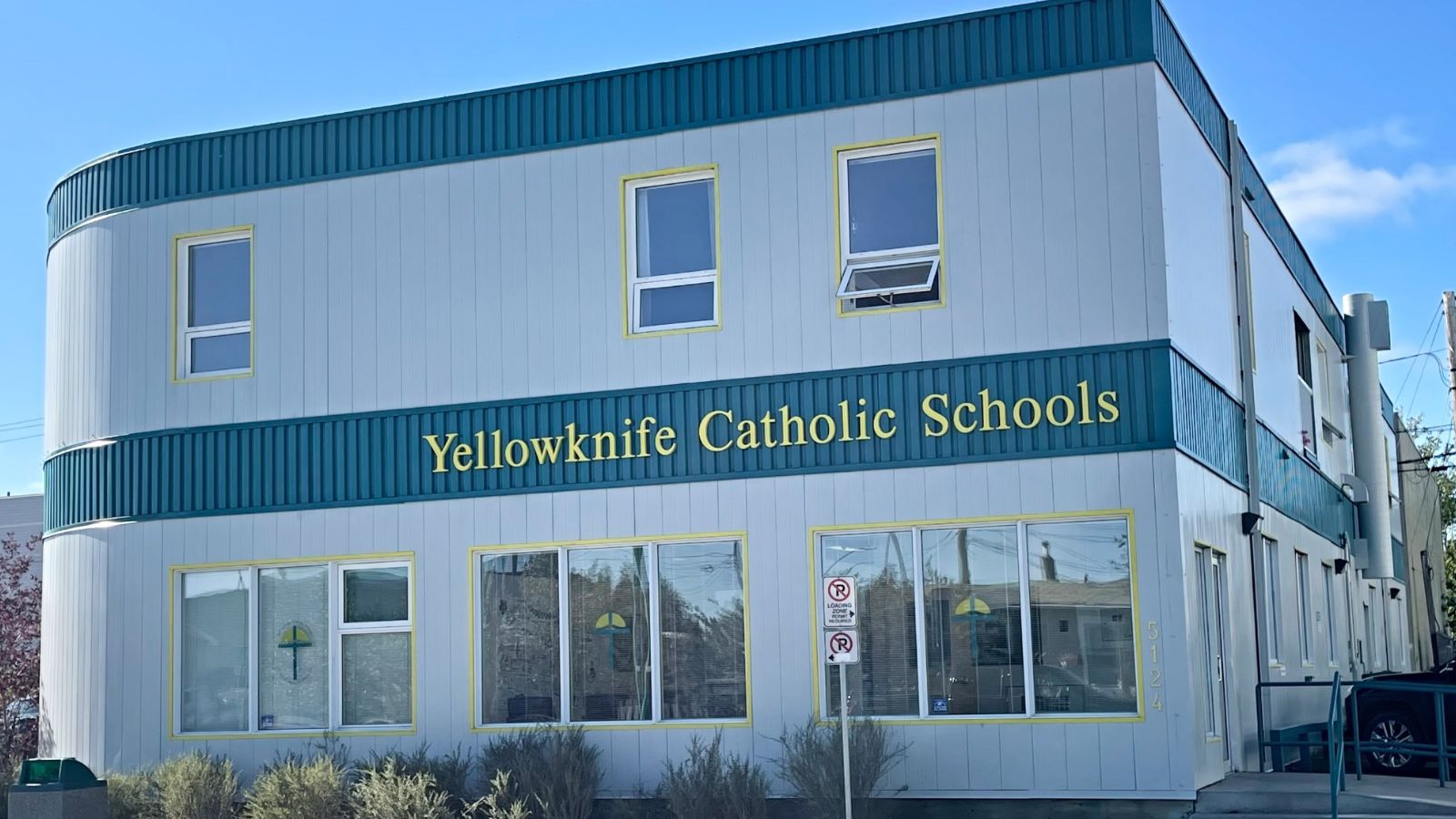
The consolidation of schools raises concerns about inclusion in Yellowknife. Indigenous and Francophone families are concerned that they would not receive distinctive programs. Community leaders advocate for equity and consultation in all planning processes.
Whitehorse, Yukon
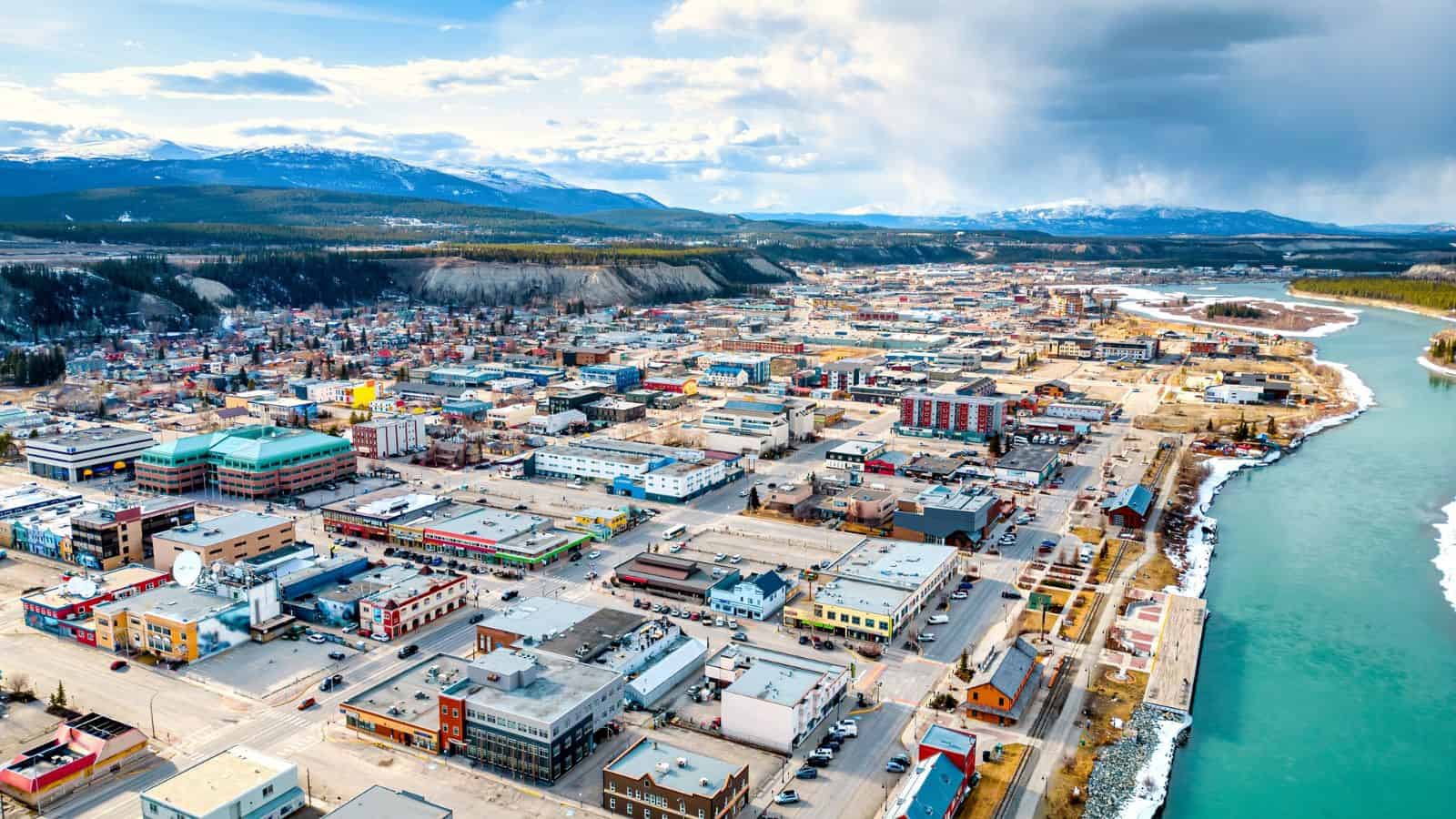
Grey Mountain Primary School in Whitehorse, Yukon, has been closed, prompting opposition from local people. They are concerned that closures would mostly damage children, and they are campaigning for neighborhood schools that promote local identity.
Lillooet, British Columbia

George Murray Elementary is a keystone in an extraordinarily diverse neighborhood. It supports both Indigenous and settler families. Parents and local First Nations are urging that the school maintain its cultural education and reconciliation initiatives.
Keewatin, Ontario
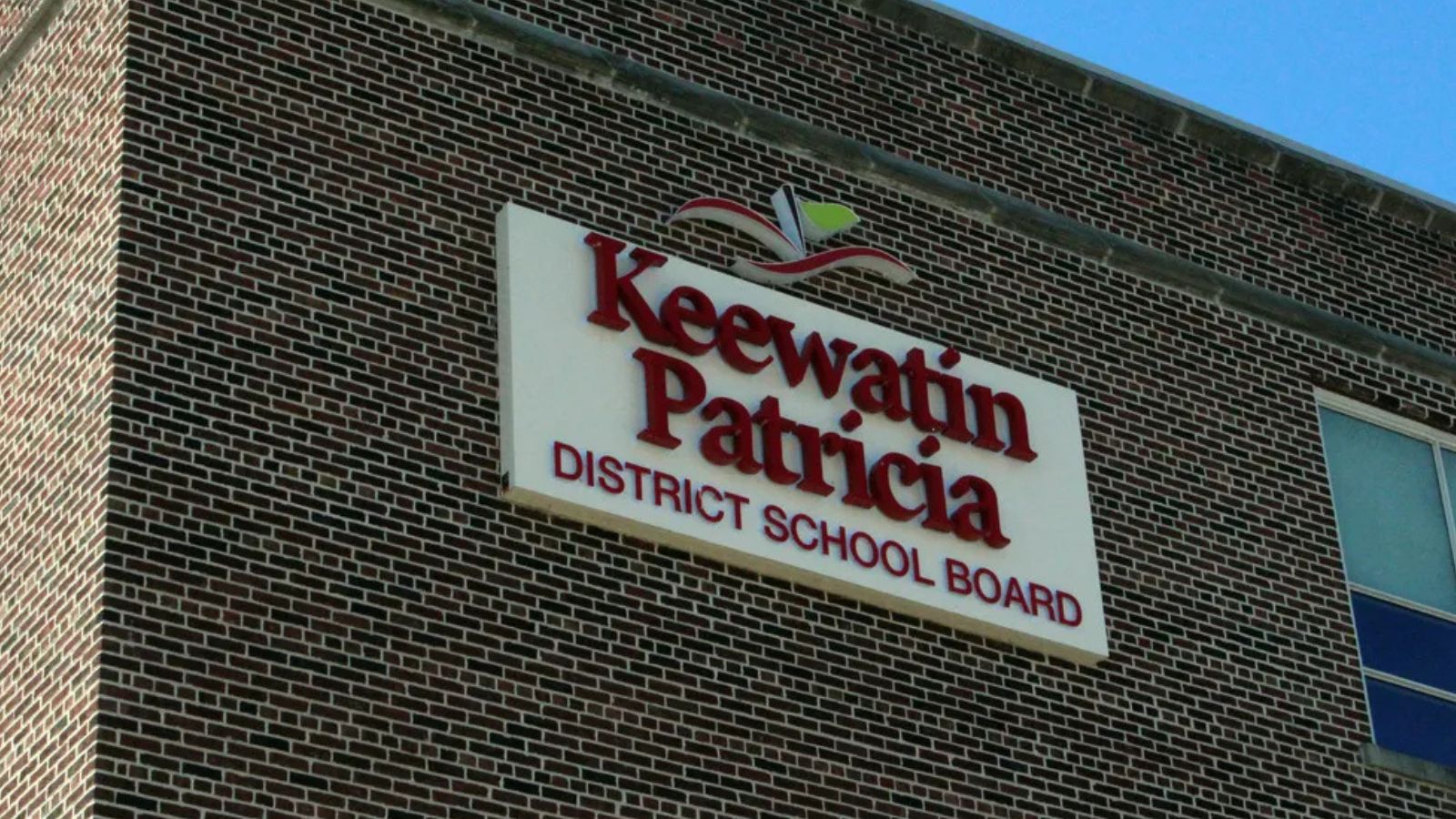
Evergreen School in Keewatin, Ontario, assists underprivileged kids in the Kenora region. Advocates argue that the importance of giving stability and emotional safety cannot be replaced. Closing this institution will provide a vital support network for at-risk teenagers.
Conclusion

The fight to save local schools stretches from Newfoundland’s icy shores to the forests of British Columbia. For the 28 communities involved, it’s not just about preserving buildings—it’s about protecting their futures, identities, and the opportunities for their children. These resilient towns stand against distant decision-making, budget cuts, and a lack of understanding. Their efforts raise a crucial question for all Canadians: How committed are we to ensuring equitable and accessible education in every corner of the country? In saving their schools, these communities ultimately fight to save themselves, and they refuse to be silenced.
22 Times Canadian Ingenuity Left the U.S. in the Dust

When people think of innovation, they often picture Silicon Valley. However, Canada has a history of innovation, too. Whether it’s redefining sports, revolutionizing medicine, or just showing America up at its own game, Canadian inventors, thinkers, and dreamers have had their fair share of mic-drop moments. Here are 22 times Canadian ingenuity left the U.S. in the dust.
22 Times Canadian Ingenuity Left the U.S. in the Dust
